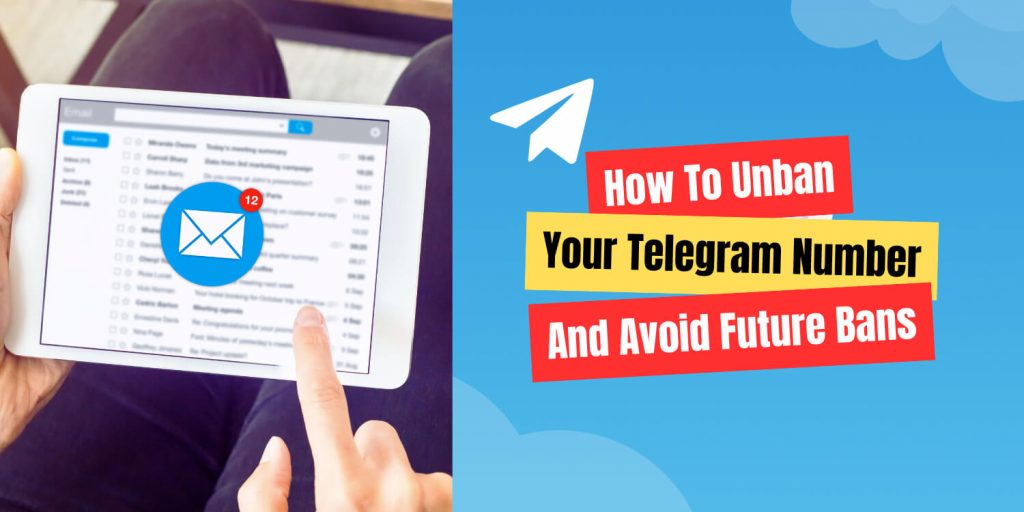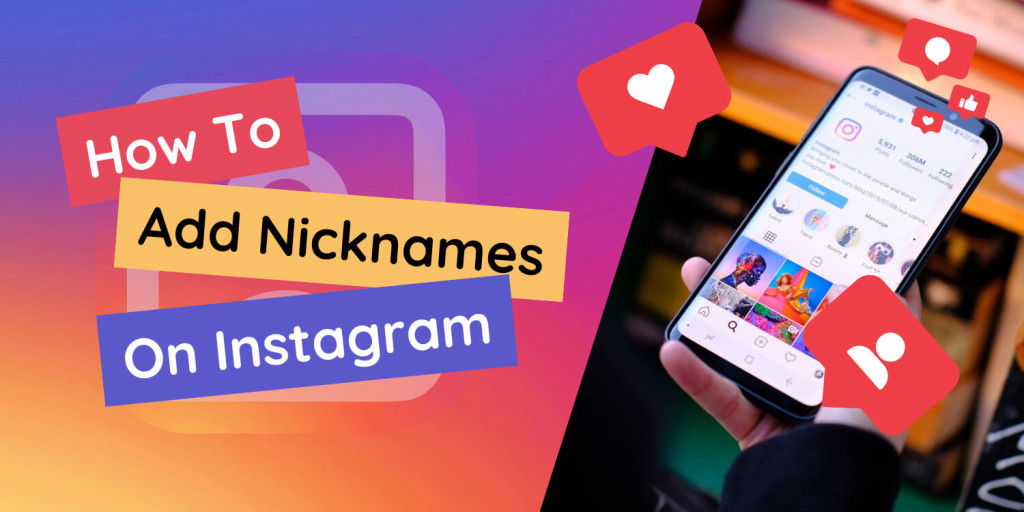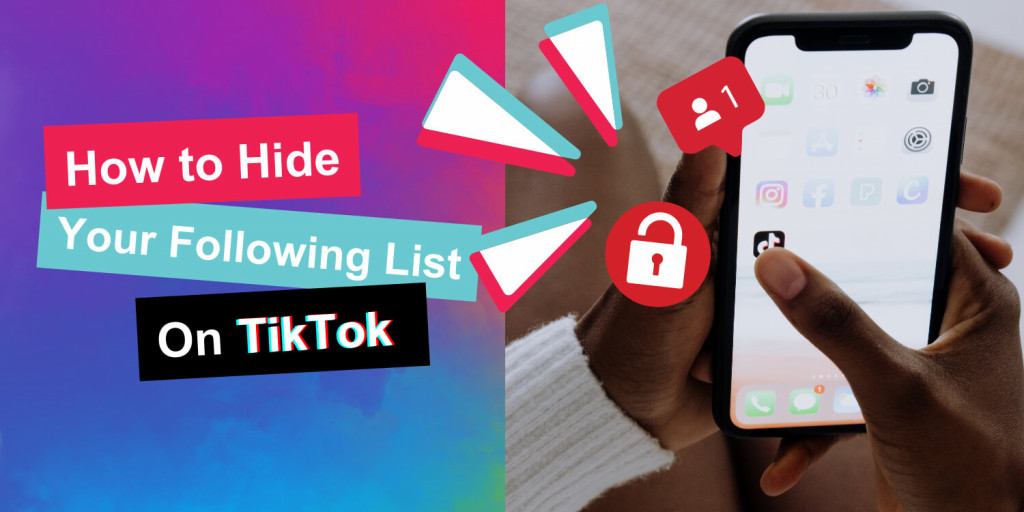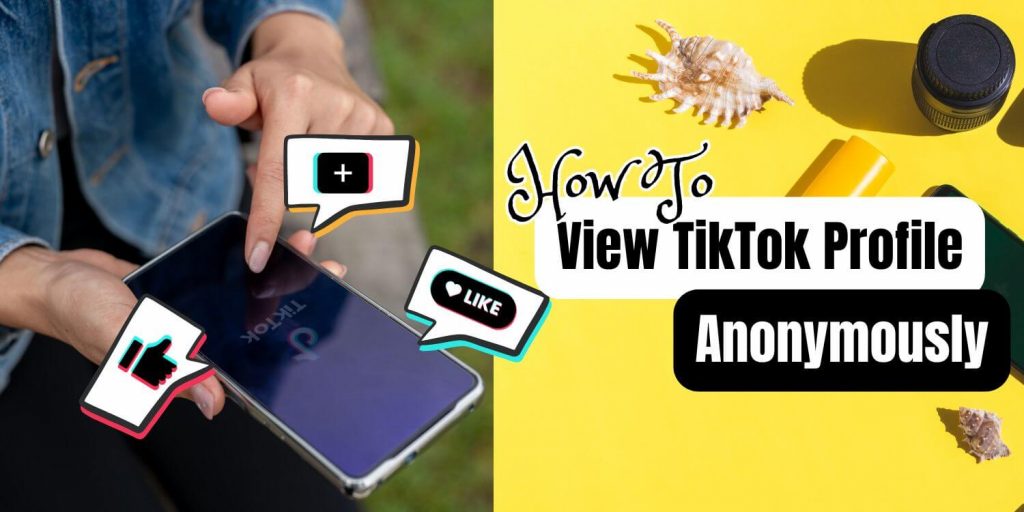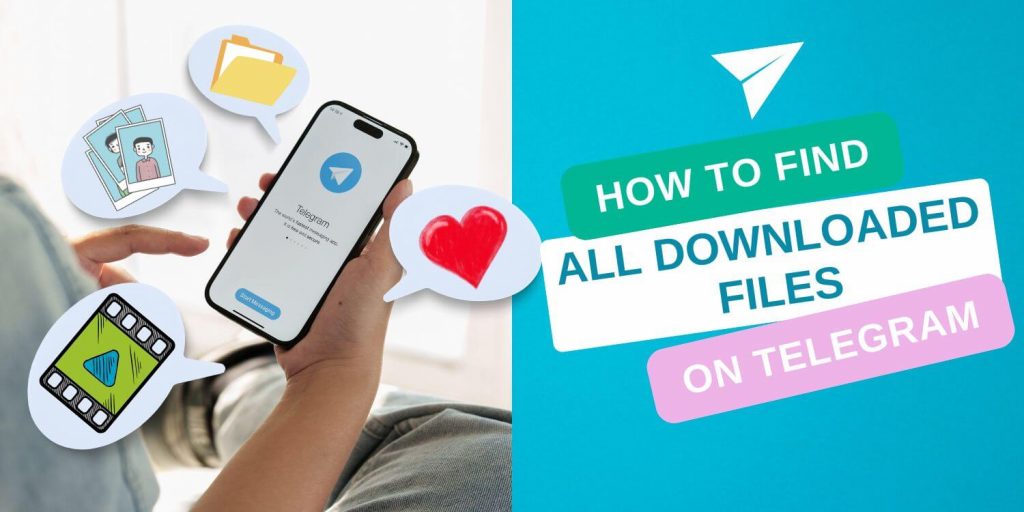How to make your SD Card a Default Download Location
![]() There’s nothing worse than the moment you realize you’ve run out of internal memory and every time you want to take a photo you have to delete five others. Android devices these days are used for so much more than just taking photo’s though. We watch programs on them, cram them full of music and take hundreds of HD selfies to show off on our favorite social media apps.
There’s nothing worse than the moment you realize you’ve run out of internal memory and every time you want to take a photo you have to delete five others. Android devices these days are used for so much more than just taking photo’s though. We watch programs on them, cram them full of music and take hundreds of HD selfies to show off on our favorite social media apps.
Well, fear no more, read below to figure out how to move your apps to your SD card as well as setting it as the default location. I must warn you, though, it can be a bit time-consuming to set up and it sounds rather complicated. (It’s not that complicated, but if you’re no tech wizard you might struggle slightly.)
First things first, how to move your apps to your SD card.
- Locate and tap your ‘Settings’ option on your device.
- Tap on ‘Apps’ or ‘Application Manager’
From here you’ll be able to see every single app or game you have installed on your device, as well as how many megabytes they are. What you want to do is search for the beastly apps that use a lot of memory. Once you’ve found one simply tap on it.
- You’ll get all sorts of options for that app, such as ‘Uninstall’, ‘Clear Data’ etc…you want to tap the option that says ‘Move to SD Card’.
Voila. That’s all there is to it. Do this process for every single app you think is too large to be eating your internal memory.One point to know, though, this will only work if you actually have an SD card inserted into your device.
Setting the Default Location
Now this is where things start to get interesting…
- You need to enable USB Debugging. Go back to your ‘Settings’ screen and tap on ‘About Phone’ or ‘About Tablet’.
- Scroll down until you find ‘Build Number’. You want to tap this over and over, after so many taps it’ll unlock your developer tools. We aren’t actually developing anything here but we need this to enable USB debugging.
- Go back to a screen and find ‘Developer Options’. Tap this and put a check in the ‘USB Debugging’ option.
Phew…That’s the easy part done with! Next you’ll need to download the Android SDK and Oracles JDK. Make sure you install the version for your operating system. This can take awhile, the software is very large so once these are downloaded and are installing it might be a good idea to go pop the kettle on and make yourself a well-earned cuppa.
So you’ve drank your brew, everything is installed and you’re raring to go!
![]()
- Now you’ll want to launch the SDK Manager.
- After a while, this will load and show you all sorts of options to download. The only one we really care about is the Android SDK Platform-Tools so make sure this is checked. Proceed to install the checked items…you’ll have to agree to some terms and conditions (I’ve probably just agreed to give away a part of my soul or something!) and then just wait for things to install.
- Go to the folder where you launched the SDK Manager and follow the path to Platform Tools.
- Hold down your shift key and then right click on adb.exe. From all of your options select ‘Open command window here’.
Now is the time where you need to plug in your device via USB to your laptop or desktop. You might get a pop up so just press okay to this. To make sure your connected properly, type adb devices into the command prompt.
- To set your default location as the SD card, simply type the following into your command promt:
- adb shell pm set-install-location 2
If at any point you want to set it back to the default settings, simply type that line but change the 2 for a 0 (zero).
If you’ve made it this far then bravo, well done! You’ve successfully changed the default location for your apps to be your SD card. Enjoy your new found space and have fun filling it up with videos, selfies and everything else.
